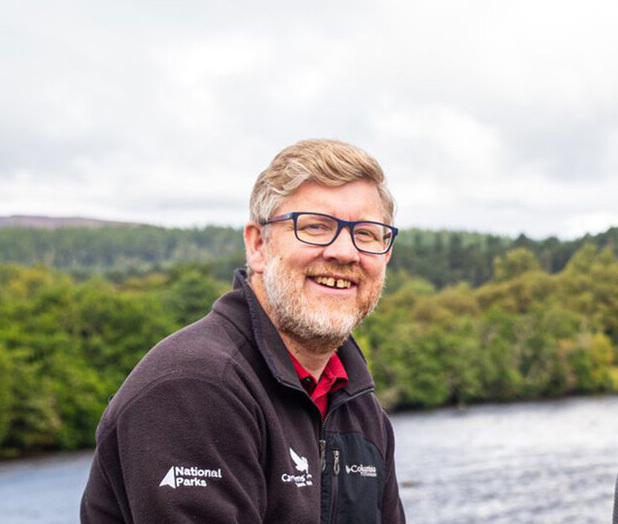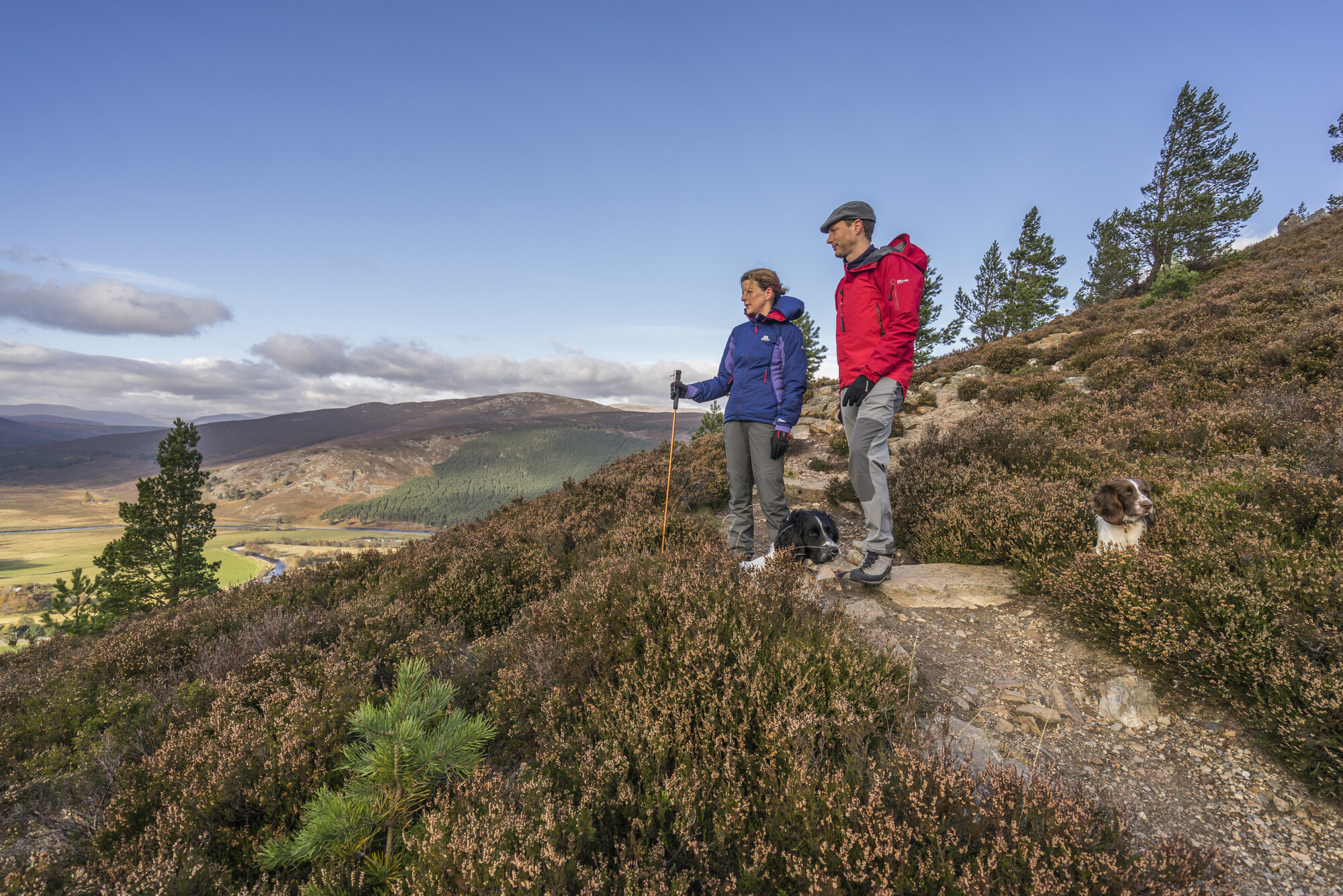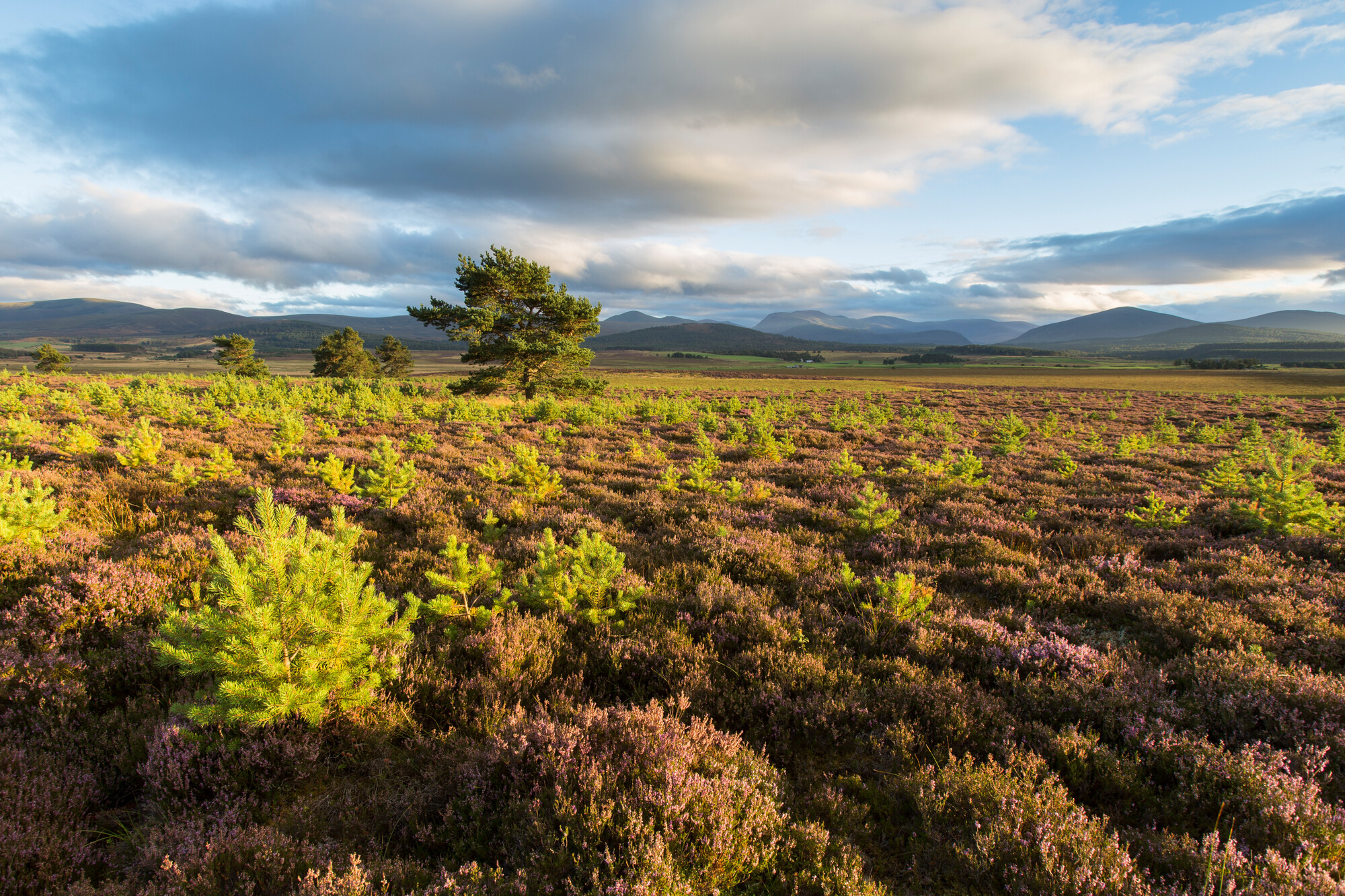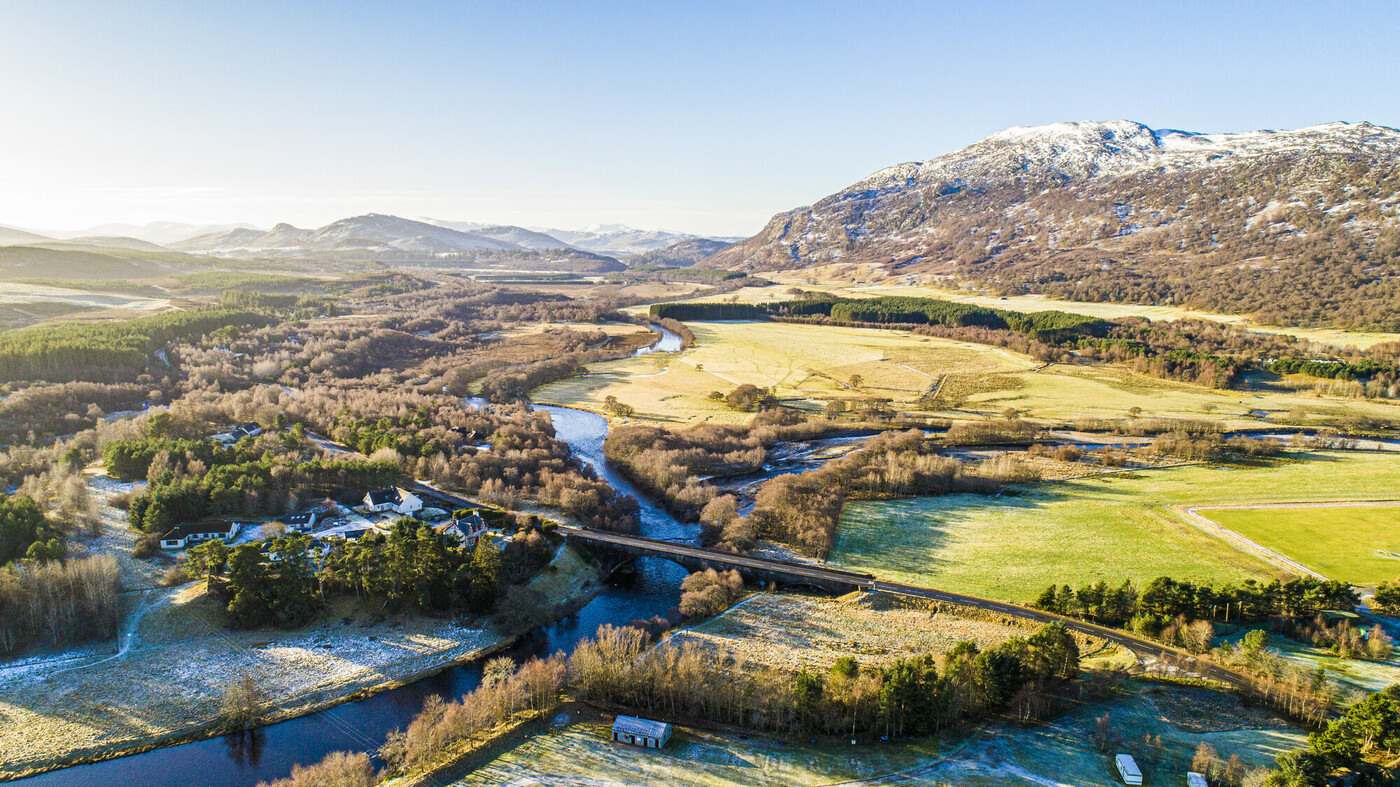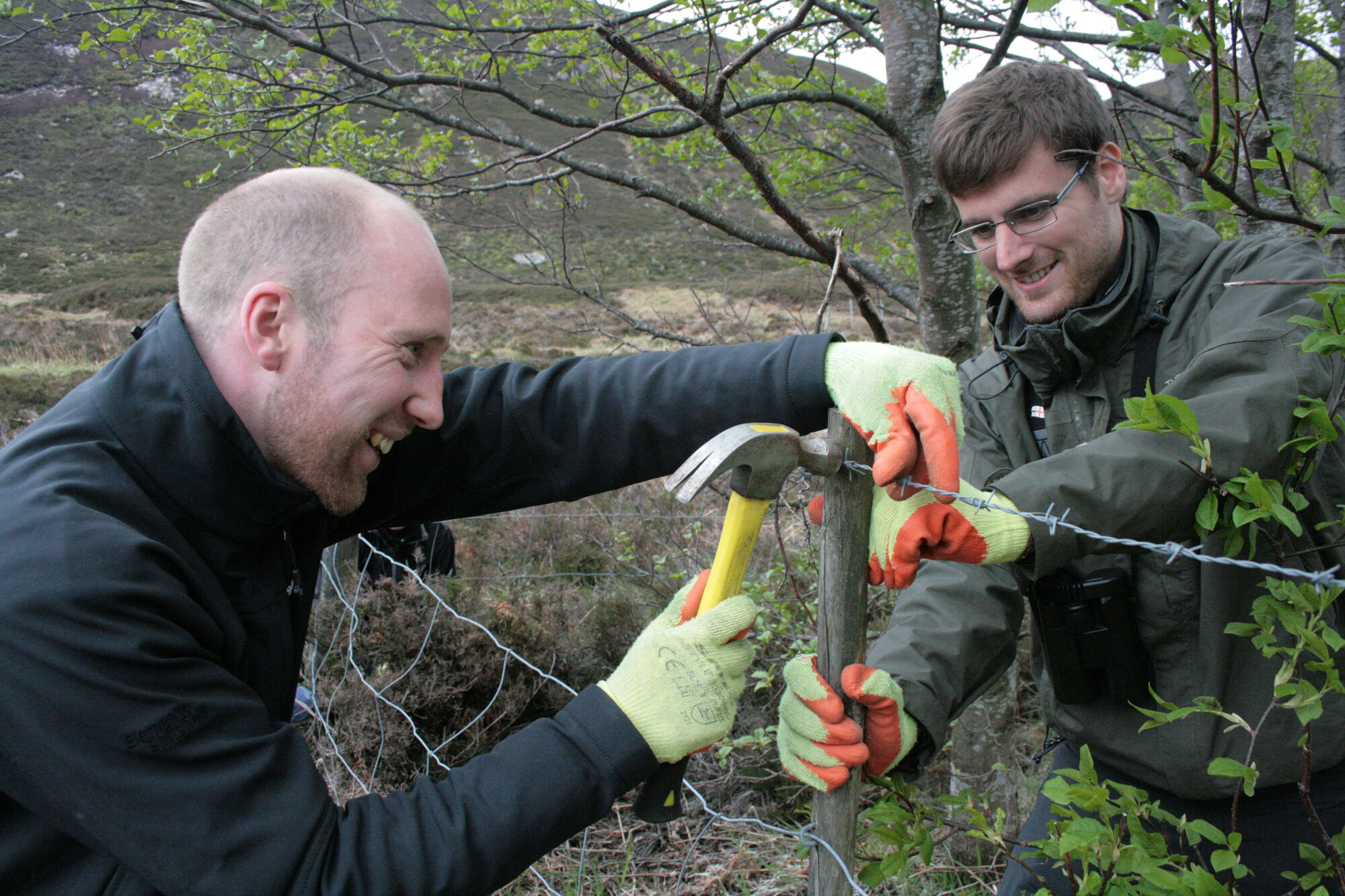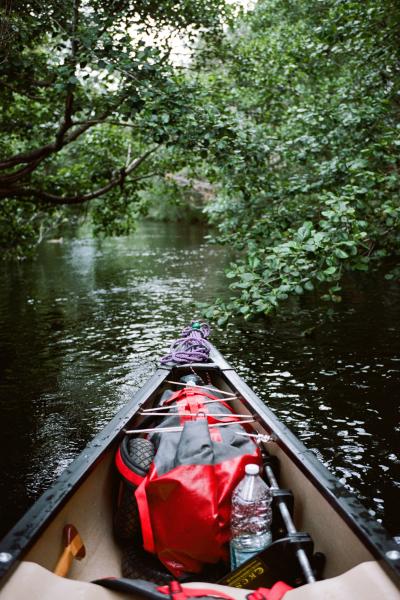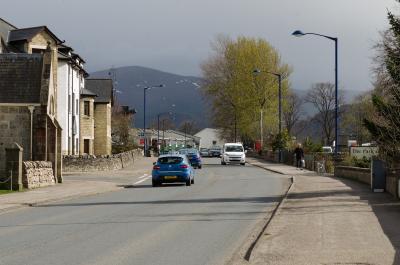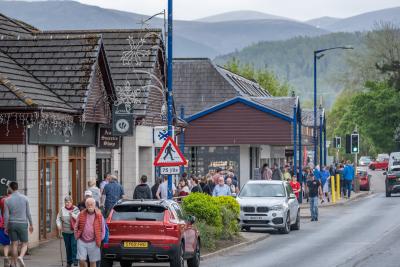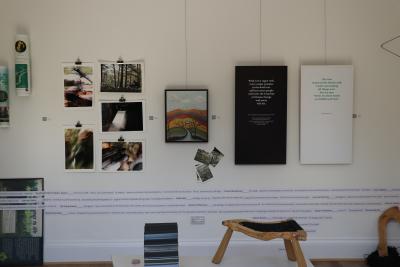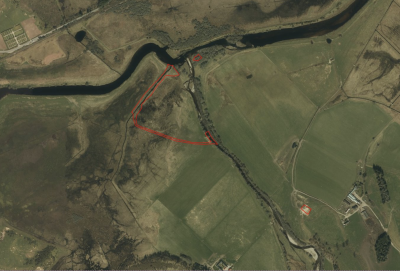Finding common ground on fire management
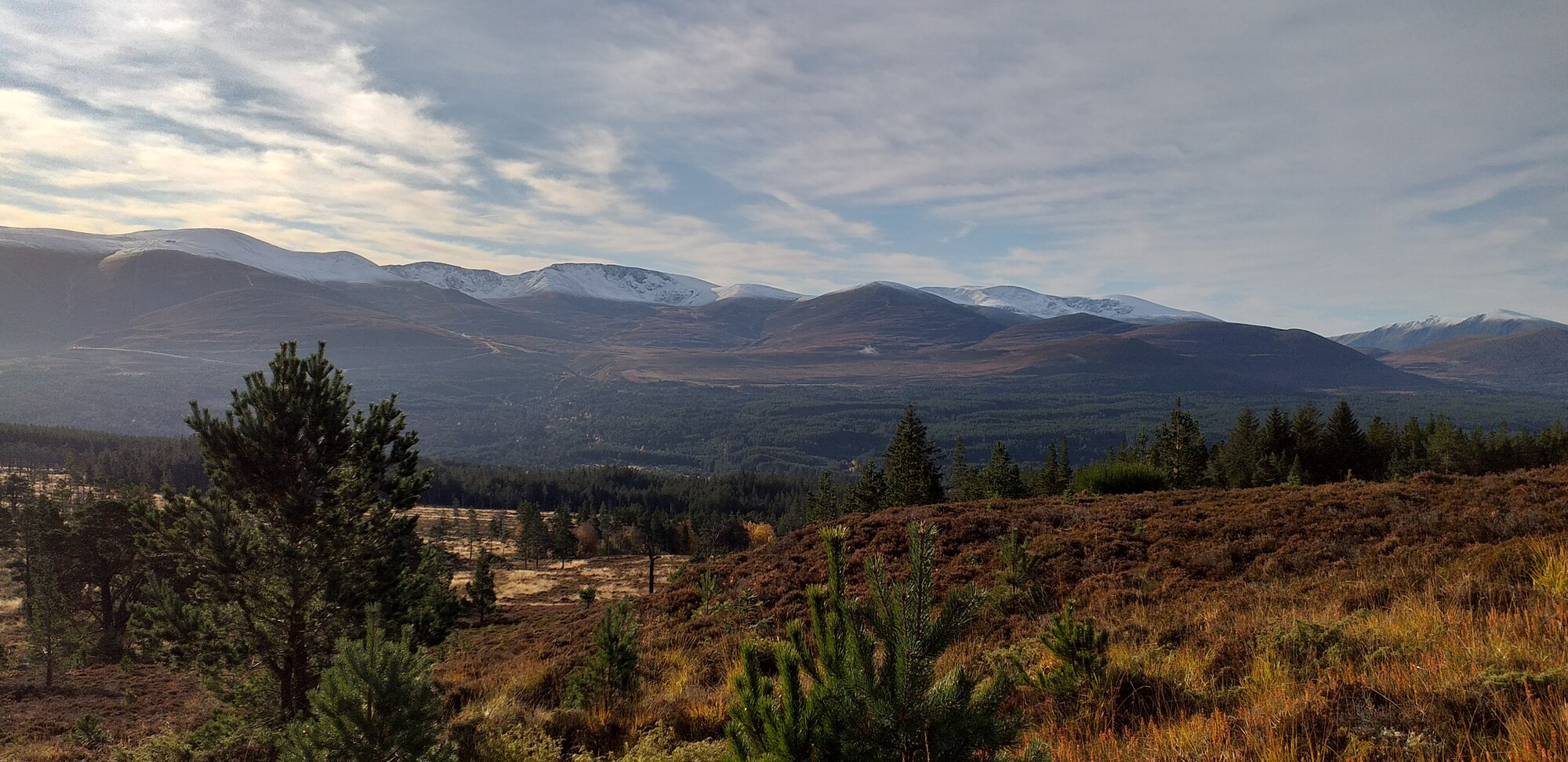
I have seen many different articles and statements about what should be done on the back of the Moray wildfires. This article is going to focus mainly on fuel loads and land management rather than response or ignition causes, albeit important discussions continue to take place about both of these.
As is the norm in these situations, the debate around fuel loads and management has split between those advocating rewilding or nature-based approaches and those advocating muirburn or traditional approaches.
However, I cannot help but feel that there is common ground that can be found on this complex issue, especially as all these management approaches are found within the National Park, sometimes on the same estate.
Firstly, we need to collectively acknowledge certain facts. Fuel loads are increasing across Scotland due to:
- Reduced livestock and deer numbers in the uplands
- Changes in land management
- Large-scale woodland schemes increasing tree cover
- Reduction in muirburn
This has led to increased surface vegetation and thus more fuel load. Risk from wildfire has also been increased due to:
- Reduced employment in some of those activities listed above, impacting on skills and kit availability
- Impacts of climate change and longer, drier periods of weather
At the same time, we have to collectively understand that fire management is always a secondary consideration to the primary use of the land. No land manager would manage land solely for fire management purposes, nor can we expect them to.
The point being that we have an increasing fuel load due to perfectly legitimate changes to land management, for a whole variety of different reasons. These vary from economic decisions (such as a lack of grouse), legislative changes that impact on how management is carried out, change that is needed to deliver nature and climate targets that won’t be achieved with the status quo, landowner choice and so on. There is also clearly a perception issue here, with one person’s fuel load being another person’s biodiversity-rich understory.
The key I think is to blend different approaches – old and new – and to acknowledge that in different places there will be different emphases, depending on the primary land use.
We need to carefully consider wildfire management in all of these areas and make the changing landscape as wildfire resistant as possible. This won’t be achieved by saying that the primary use of the land is wrong, but instead by integrating wildfire management into that management.
There is no option that reduces all risk except concreting the countryside. There is nothing that gives 100% mitigation; instead, integrated wildfire management is about trying to find the right balance between primary land use and fire mitigation. The key I think is to blend different approaches – old and new – and to acknowledge that in different places there will be different emphases, depending on the primary land use.
For instance, it should be perfectly possible to have a native woodland planting or regeneration scheme and have a firebreak between it and a large area of moorland. It should be perfectly possible to have large areas of rewetted bogs and marshes that are more fire resistant alongside a prescribed burn for wildfire mitigation.
Having more complex uplands that are more biodiversity rich can also be done alongside a firebreak on moorland to limit fuel load and prevent the spread of wildfires.
The point being that some of the traditional muirburn skills need to be retained on those estates whose primary use is no longer that which requires rotational burning for grouse management. Likewise, those whose primary objectives are more traditional will need to undertake different approaches to land management – such as rewetting bogs, no fence cattle in woodlands, riparian woodland in the uplands, river restoration etc – that can help deliver for nature, climate adaptation and fire mitigation.
These are not easy issues as they need collective compromise. Public authorities will need to be clearer about how they expect fire mitigation to be integrated and planned for at an estate level, and indeed about what resources are available to help. In the Cairngorms National Park we have the Integrated Wildfire Management Plan but there is no doubt something similar is needed at a national level to ensure policies take account of wildfire risk.
I will leave with a remark about the costs to people, health, nature and climate from the Moray wildfires. We all need to learn, become less polarised and find a route forward that reduces wildfire risk within the changing landscapes that are needed to address the nature and climate crisis. The costs are high from wildfires and all of us need to integrate wildfire management into our thinking and planning, no matter the primary land management objective on that land.
